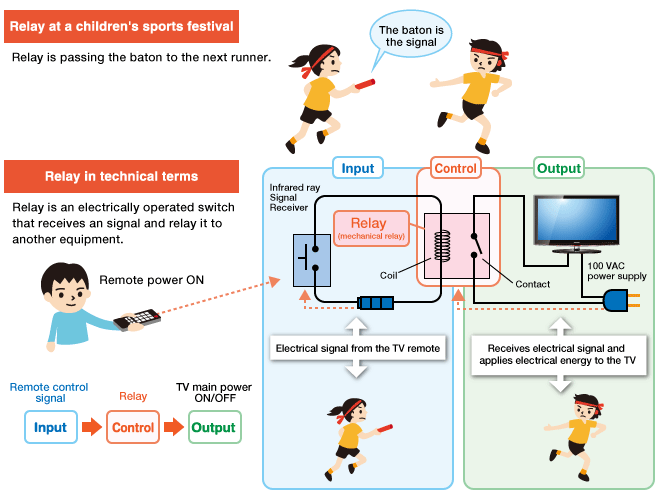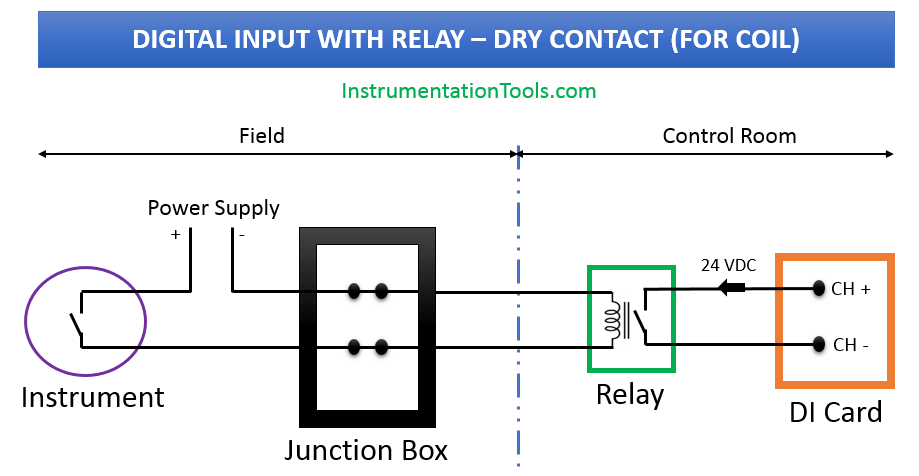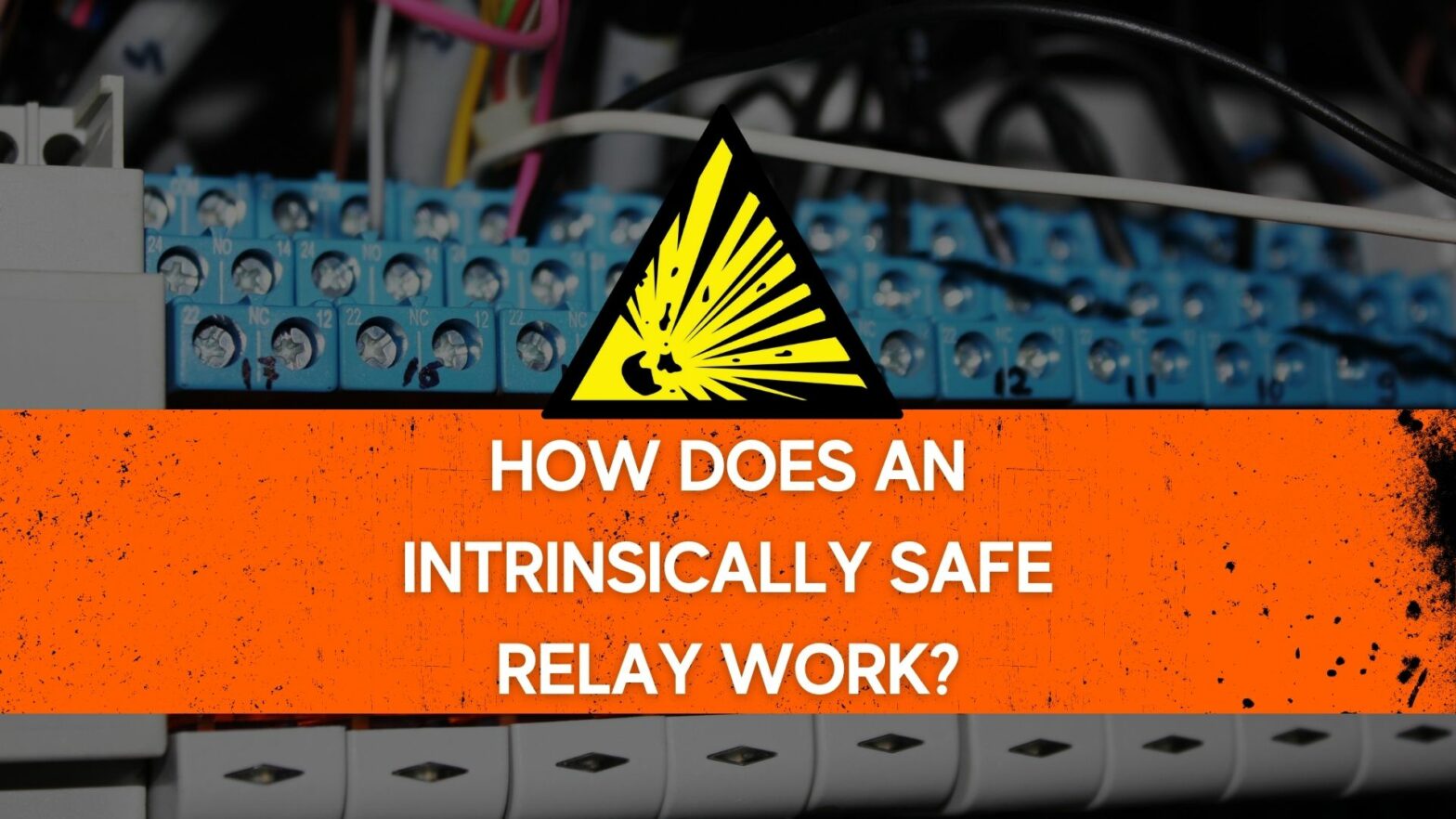For any business that operates in hazardous environments, the primary concern is keeping employees and equipment safe from explosions. So, to keep incidents from happening, businesses have adopted several safety precautions. Adopting intrinsically safe systems is the way businesses are minimizing the risk to their employees and equipment. To create an intrinsically safe environment, you will need to limit the amount of energy that enters the hazardous environment. For electronic equipment, this means using an intrinsically safe relay to control the voltage and currents entering the environment. So, first, let’s explore what intrinsically safe means.
What is Intrinsically Safe?
Intrinsically Safe is a safety design concept to make equipment or devices for operation and installation in hazardous environments. It is a protection technique that limits the amount of energy using intrinsic barriers such as a relay. Devices that are certified as intrinsically safe can keep hazardous environments safe from explosions; these devices are powered with low energy, thus not leaving enough energy to ignite flammable gasses or particles.
To learn more about what Intrinsically Safe means, read our blog for information.
What is an Intrinsically Safe Relay?
A relay is an electrical switch. It can open or close circuits by receiving electrical signals from an outside source. Relays are necessary to control an electrical circuit separately. An intrinsically safe relay acts as an energy barrier by limiting the voltage and current in a hazardous environment. Also, the relay ensures that the amount of energy in the hazardous environment is too low to ignite flammable gasses or particles.

How does an intrinsically safe relay work?
It is necessary connect your intrinsically safe relay with the device by dry contact for start using. Dry contact or volt-free contact is a contact in which a current is not directly provided from the switch, but instead, from an outside source. Dry contact allows the relay to act as an on/off switch for a device. Also, the use of dry contact is more likely in hazardous environments as it provides isolation between devices. This isolation helps maintain the energy barrier in a hazardous environment. The relay is placed in between the power source and the device to control the circuit.

Conclusion
In conclusion, an intrinsically safe relay will control the amount of energy that enters a hazardous environment to power equipment. The relay is isolated from the equipment using dry contact creating a safety barrier in the area. Intrinsically safe relays help make hazardous environments safer for employees by reducing the risk of an explosion.
So, to learn more about Intrinsically Safe Relays or any other Intrinsically Safe, Explosion Proof, or Hazardous Area products, please contact our experts at: www.IntrinsicallySafestore.com or call us on 832-699-6726.


























